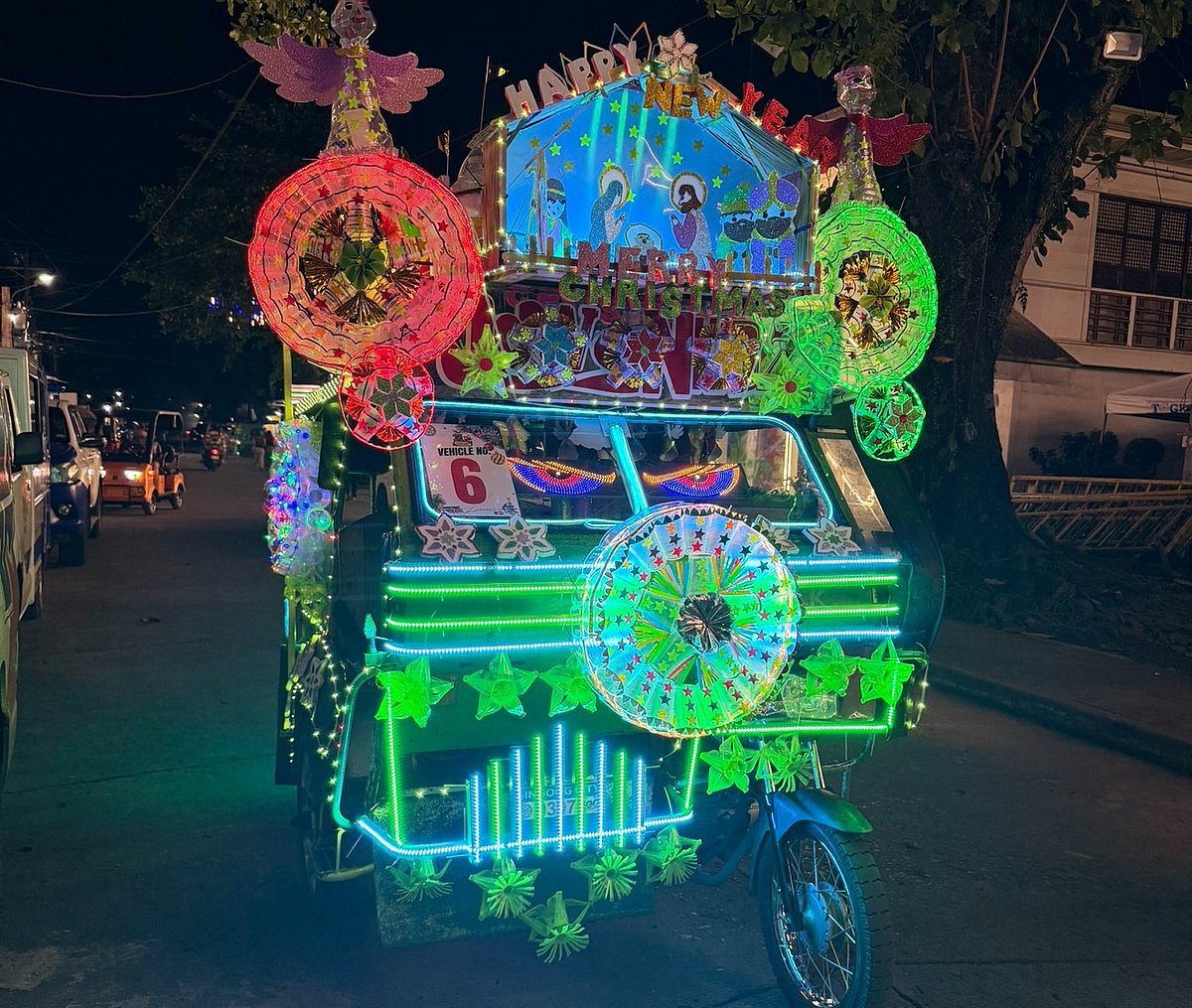Filipino Christmas: $25 'Noche Buena' and other things to know about the world’s most joyful tropical holiday
Why Yuletide in the Asian country is the longest, most vibrant celebration in the world

Manila: Christmas in the Philippines is more than a holiday. It’s a way of life. And you can find it in every corner of the country, especially in the most rural villages.
It's also the longest, liveliest holiday season in the world, where every day feels like a fiesta.
Forget snow and mistletoe, though: Christmas here is all about tropical vibes, family warmth, and vibrant traditions that stretch from September to January.
These are 10 things about Filipino Christmas to know 🎄🇵🇭:
#1. Kicking off in the "Ber" months
The Filipino Christmas frenzy actually starts in September. Malls blare carols, streets dazzle with lights, and decorations pop up everywhere. It heralds Jesus's birth. For many around the world, Christmas is about year-end shopping and presents.
Not so in the Philippines: it's a festive and joyful celebration.
With 90 per cent of Filipinos practicing Christianity, Christmas here isn't just a holiday – it’s a vibrant and heartwarming celebration of Messiah's arrival. The excitement carries on until January’s Epiphany, the Feast of the "Three Kings".
#2. The beloved Belen (Nativity Scene)
Belens, or nativity scenes, are everywhere—churches, schools, and even street corners. These mini-masterpieces, crafted from wood, clay, or recycled materials, remind everyone of the true reason for the season.
#3. Parol: Lanterns that steal the show
Parols, star-shaped lanterns symbolising the Star of Bethlehem, light up Filipino homes. Once simple bamboo creations, today’s parols are glammed up with capiz shells and LEDs. The Giant Lantern Festival in Pampanga is a must-see for over-the-top, glowing wonders.
#4. Simbang Gabi: Wishes before sunrise
For nine mornings before Christmas, Filipinos flock to pre-dawn masses called "Simbang Gabi". It forms part of the ultimate Filipino Christmas tradition — that tests your faith and your alarm clock. Complete all nine, and legend says you get a special wish.
#5. Bibingka and Puto Bumbong
After Simbang Gabi, treat yourself to bibingka and puto bumbong — rice cakes so delicious they’re practically traditions in themselves. Think fluffy, sweet, and coconut-topped goodness!
#6. Bonuses galore
For those who wish to go the traditional way with cash gifting, also known as "Aguinaldo", the BSP reassured the public, however, that new Philippine peso banknotes are available at banks for free exchange.
The 13th-month pay is the Filipino worker’s holiday MVP. It funds gifts, feasts, and all-around cheer, ensuring the spirit of giving never runs dry.
#7. Caroling, Pinoy Style
Filipino carolers bring music and joy door-to-door (or stage-to-stage). Kids go around with makeshift instruments like tin cans and bottle caps. It’s not just singing; it’s a community event bursting with cheer, laughter.
Homeowners might greet them with offerings of money or food, or sometimes they might apologetically say "patawad" (sorry) if they have nothing to offer.
#8. Monito Monita: Secret Santa with a twist
Filipinos add flair to gift-giving with "Monito Monita". Themed exchanges in schools, offices, and family gatherings make every present a delightful surprise. No one is too poor to give something, or too rich not to get something.
#9. Aguinaldo and Pamasko for kids
Children eagerly await aguinaldo—cash or gifts from godparents and elders. These blessings are treasured moments of love and tradition.
#10. 'Noche Buena' and 'Media Noche' feasts
Even within a ₱1,500 ($<50) budget (the government claims ₱500 | $10), Christmas Eve shines with "Noche Buena", a midnight feast of Filipino favourites. This may include standard items like hamonado, pansit, queso de bola, kakanin, puto, bebingka, it can also be a simple meal, shared with loved ones. New Year’s Eve follows with "Media Noche", ensuring the new year starts with full hearts and bellies.
Sign up for the Daily Briefing
Get the latest news and updates straight to your inbox
Network Links
GN StoreDownload our app
© Al Nisr Publishing LLC 2025. All rights reserved.